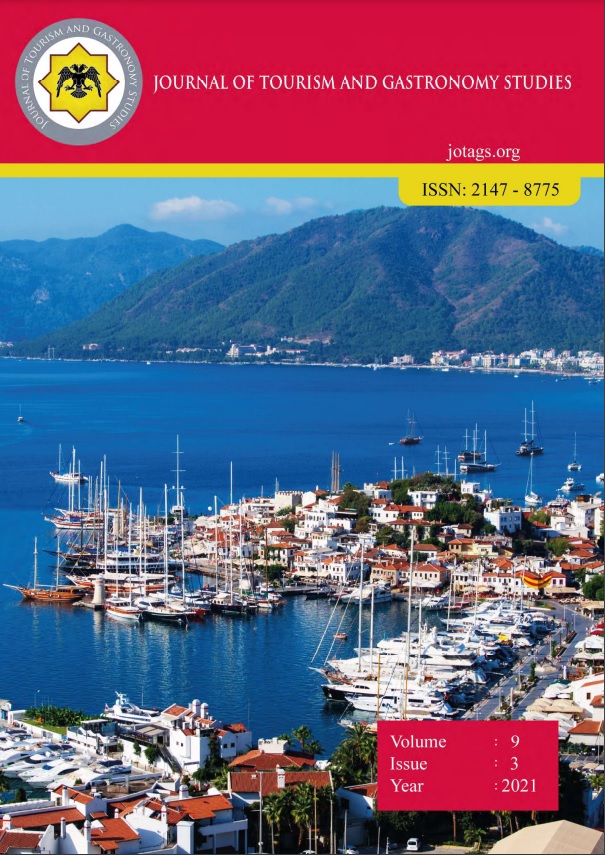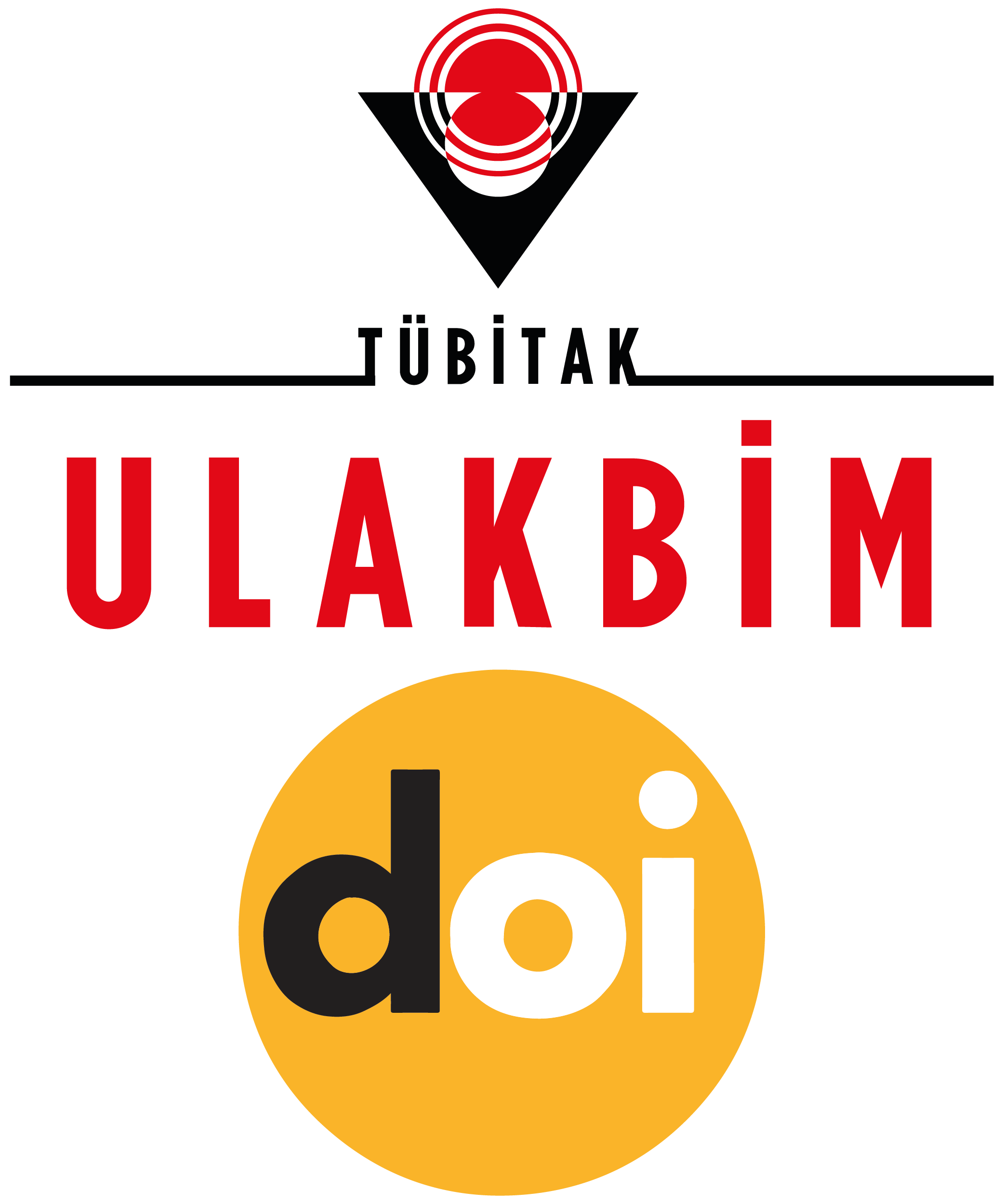Sensory Properties of Chocolate Truffles and Peanut Butter as Affected by Onion Skin Powder Addition
DOI:
https://doi.org/10.21325/jotags.2021.854Keywords:
Chocolate, Onion skin, Peanut butter, SensoryAbstract
Onion skin is a valuable waste product with good bioactive properties, and its utilization as an ingredient in foods would be beneficial. Thus, chocolate truffles added with 5% and 10% onion skin powder (OSP), and peanut butter samples added with 3% and 6% OSP were prepared. The effects of the OSP on the sensory properties were investigated. The flavor and overall acceptance of chocolate truffles decreased as OSP content increased. The OSP addition decreased the internal color and oiliness of chocolate samples. The bitterness of the control was not different from that of 5% OSP containing chocolate truffles. The addition of OSP to the chocolate truffles did not affect the odor and sweetness. The odor, color, oiliness, and texture of peanut butter added with OSP did not change. The OSP addition of up to 3% did not affect the sensory properties of peanut butter, while 6% OSP decreased the flavor, sweetness, and overall acceptance compared to the control.
References
Bello, M. O., Olabanji, Abdul-Hammed, & Okunade, T. D. (2013). Characterization of domestic onion wastes and bulb (Allium cepa L.): fatty acids and metal contents. International Food Research Journal, 20(5), 2153–2158.
Benítez, V., Mollá, E., Martín-Cabrejas, M. A., Aguilera, Y., López-Andréu, F. J., Cools, K., … Esteban, R. M. (2011). Characterization of industrial onion wastes (Allium cepa L.): dietary fibre and bioactive compounds. Plant Foods for Human Nutrition, 66(1), 48–57. https://doi.org/10.1007/s11130-011-0212-x
Choi, I. S., Cho, E. J., Moon, J.-H., & Bae, H.-J. (2015). Onion skin waste as a valorization resource for the by-products quercetin and biosugar. Food Chemistry, 188, 537–542. https://doi.org/10.1016/j.foodchem.2015.05.028
Chung, Y.-K., Choi, J.-S., Yu, S.-B., & Choi, Y.-I. (2018). Physicochemical and storage characteristics of Hanwoo Tteokgalbi treated with onion skin powder and blackcurrant powder. Korean Journal for Food Science of Animal Resources, 38(4), 737–748. https://doi.org/10.5851/kosfa.2018.e12
Cope, R. B. (2005). Allium species poisoning in dogs and cats. Veterinary Medicine, 100(8), 562–566.
Downes, K., Chope, G. A., & Terry, L. A. (2009). Effect of curing at different temperatures on biochemical composition of onion (Allium cepa L.) skin from three freshly cured and cold stored UK-grown onion cultivars. Postharvest Biology and Technology, 54(2), 80–86. https://doi.org/10.1016/j.postharvbio.2009.05.005
Gawlik-Dziki, U., Świeca, M., Dziki, D., Baraniak, B., Tomiło, J., & Czyz, J. (2013). Quality and antioxidant properties of breads enriched with dry onion (Allium cepa L.) skin. Food Chemistry, 138(2–3), 1621–1628. https://doi.org/10.1016/j.foodchem.2012.09.151
Hwang, S.-J. (2013). Quality characteristics of Korean steamed rice cake containing different amount of red onion powder. Korean Journal of Food Preservation, 20(4), 488–494. https://doi.org/10.11002/kjfp.2013.20.4.488
Jaime, L., Mollá, E., Fernández, A., Martín-Cabrejas, M. A., López-Andréu, J., & Esteban, R. M. (2002). Structural carbohydrate differences and potential source of dietary fiber of onion (Allium cepa L.) tissues. Journal of Agricultural and Food Chemistry, 50(1), 122–128. https://doi.org/10.1021/jf010797t
Kim, Y. S., Park, N. Y., & No, H. K. (2016). Quality and shelf life of noodles containing onion powder. Korean Journal of Food Preservation, 23(2), 218–224. https://doi.org/10.11002/kjfp.2016.23.2.218
Kurt, S., Ceylan, H. G., & Akkoc, A. (2019). The effects of onion skin powder on the qualityof cooked chicken meat patties during refrigerated storage. Acta Alimentaria, 48(4), 423–430. https://doi.org/10.1556/066.2019.48.4.3
Michalak-Majewska, M., Teterycz, D., Muszyński, S., Radzki, W., & Sykut-Domańska, E. (2020). Influence of onion skin powder on nutritional and quality attributes of wheat pasta. PLoS One, 15(1), e0227942. https://doi.org/10.1371/journal.pone.0227942
Rajeswari, G., Susanna, S., Prabhasankar, P., & Venkateswara Rao, G. (2013). Influence of onion powder and its hydrocolloid blends on pasta dough, pasting, microstructure, cooking and sensory characteristics. Food Bioscience, 4, 13–20. https://doi.org/10.1016/j.fbio.2013.07.004
Sagar, N. A., & Pareek, S. (2020). Dough rheology, antioxidants, textural, physicochemical characteristics, and sensory quality of pizza base enriched with onion (Allium cepa L.) skin powder. Scientific Reports, 10(1), 1–11. https://doi.org/10.1038/s41598-020-75793-0
Salgado, B. S., Monteiro, L. N., & Rocha, N. S. (2011). Allium species poisoning in dogs and cats. Journal of Venomous Animals and Toxins Including Tropical Diseases, 17(1), 4–11. https://doi.org/10.1590/S1678-91992011000100002
Škerget, M., Majhenič, L., Bezjak, M., & Knez, Ž. (2009). Antioxidant, radical scavenging and antimicrobial activities of red onion (Allium cepa L) skin and edible part extracts. Chemical and Biochemical Engineering Quarterly, 23(4), 435–444.
Uçak, İ. (2019). Taze karideslerin raf ömrünün uzatılmasında soğan kabuğu ekstraktının etkisi. Gıda, 44(2), 226–237. https://doi.org/10.15237/gida.GD19017
Published
How to Cite
Issue
Section
License
Copyright (c) 2023 Journal of Tourism & Gastronomy Studies

This work is licensed under a Creative Commons Attribution-NonCommercial 4.0 International License.








